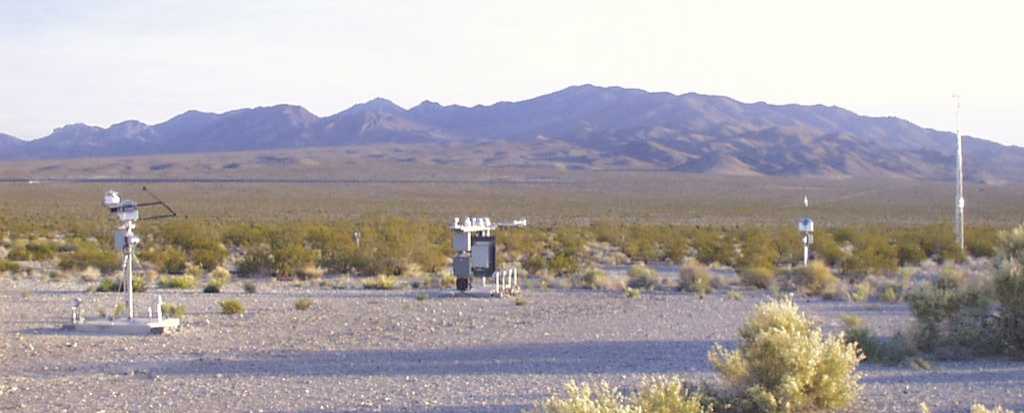 According to the FAA’s website, the third (of six) federally sanctioned UAS test sites is officially operational. The new site is the Desert Rock Airport located in Mercury, NV.
According to the FAA’s website, the third (of six) federally sanctioned UAS test sites is officially operational. The new site is the Desert Rock Airport located in Mercury, NV.
The Certificate of Authorization that has been granted allows the UAS team at the airport two fly an Insitu ScanEagle below 3,000 feet within line of site. The COA will be valid for two years.
Interestingly, the Desert Rock Airport is a private facility owned and operated by the United States Department of Energy. As a result, Desert Rock “not for general use”. This seems to imply that the only UAS operations being conducted there will be for the feds, by the feds. So if you are looking to test a new drone at an official FAA test site, you will have to find your way to North Dakota or Alaska.
As far as specifics, the only details the press release (which you can read in its entirety below) gives are: “Initial flights will verify that a UAS can operate safely at the airport.”
We have reached out to the FAA for clarification and will update this post if and when appropriate.
Press Release – FAA Announces Nevada UAS Test Site Now Operational
WASHINGTON –The U.S. Department of Transportation’s Federal Aviation Administration today announced that the State of Nevada’s unmanned aircraft systems test site is ready to conduct research vital to integrating UAS into the nation’s airspace. Nevada is the third of six congressionally mandated test sites to become operational.
“Nevada has been on the leading edge of aerospace flight testing for almost 70 years,” said Transportation Secretary Anthony Foxx. “Today, the state continues that tradition by contributing to the safe and efficient integration of unmanned aircraft into the U.S. aviation system.”
The FAA granted the State of Nevada team a two-year Certificate of Waiver or Authorization (COA) to use an Insitu ScanEagle at the Desert Rock Airport located in Mercury, NV. Desert Rock Airport, owned and operated by the Department of Energy, is a private airport and not for general use. The ScanEagle will fly at or below 3,000 feet, monitored by a visual observer and mission commander. Initial flights will verify that a UAS can operate safely at the airport.
Nevada’s research will concentrate on UAS standards and operations as well as operator standards and certification requirements. The site’s activities also will include a concentrated look at how air traffic control procedures will evolve with the introduction of UAS into the civil environment and how these aircraft will integrate with NextGen, the modernization of the national airspace system.
“The UAS test sites will help us identify operational goals as well as safety issues we must consider when expanding the use of unmanned aircraft into our airspace,” said FAA Administrator Michael Huerta. “This industry is growing exponentially, and we are working hard to make sure it does so safely.”
The FAA selected six congressionally-mandated test sites on December 30, 2013. The agency is working with the test sites to guide their research programs to help the FAA safely integrate UAS into the national airspace over the next several years.
For more information go to http://www.faa.gov/about/initiatives/uas/
Alan is serial entrepreneur, active angel investor, and a drone enthusiast. He co-founded DRONELIFE.com to address the emerging commercial market for drones and drone technology. Prior to DRONELIFE.com, Alan co-founded Where.com, ThinkingScreen Media, and Nurse.com. Recently, Alan has co-founded Crowditz.com, a leader in Equity Crowdfunding Data, Analytics, and Insights. Alan can be reached at alan(at)dronelife.com







Leave a Reply